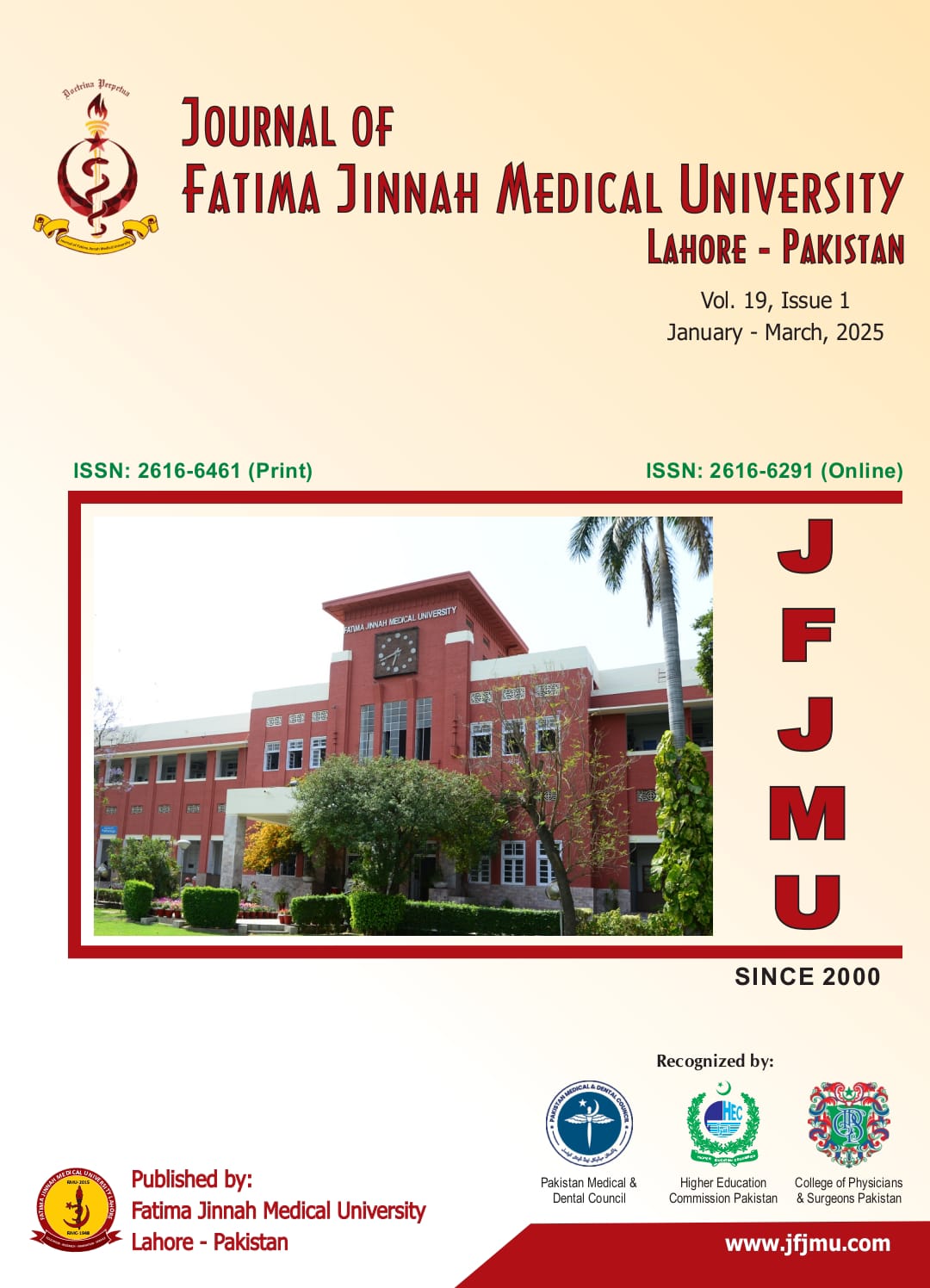Effectiveness of Intravitreal Bevacizumab Monotherapy in the Treatment of Retinopathy of Prematurity: An Experience of a Tertiary Care Hospital in Central Punjab
DOI:
https://doi.org/10.37018/DBHX8642Keywords:
Retinopathy of Prematurity, Bevacizumab, Infant, PrematureAbstract
ABSTRACT
Background: Retinopathy of prematurity (ROP) is a leading cause of preventable childhood blindness especially in low- and middle-income countries where neonatal survival has improved but screening remains limited. Intravitreal anti VEGF agents offer a promising alternative to laser photocoagulation. The objective of this study was to determine the frequency of ROP in preterm neonates and assess the effectiveness of intravitreal bevacizumab IVB monotherapy for Stage 3 ROP.
Methods: This prospective interventional study was conducted at Sir Ganga ram hospital Lahore from September 2021 to March 2023. A non-probability consecutive sampling was used to recruit eligible preterm neonates (<35 weeks gestation; 1000 to 2200 grams birth weight) referred from the neonatal unit. Data was collected through structured clinical assessments and standardized retinal examinations using indirect ophthalmoscopy using structured questionnaires. Neonates with Stage 3 ROP and Zones three were treated with 0.625 milligram IVB under topical anesthesia and followed weekly for regression descriptive analysis was performed.
Results: Among 463 neonates screened, 115 (24.8%) had ROP. of these 31 (26.9%) met treatment criteria. IVB alone led to complete regression in 23 (74.2%) within 8 to 12 weeks. Eight (25.8%) required adjunct laser therapy, achieving 100% resolution. No adverse ocular or systemic outcomes or recurrences were reported at one year follow-up.
Conclusion: IVB monotherapy was safe and effective for Stage 3 ROP in this low resource setting. These findings supported teams where laser treatment access is limited.

Downloads
Published
How to Cite
Issue
Section
License
The Journal of Fatima Jinnah Medical University follows the Attribution Creative Commons-Non commercial (CC BY-NC) license which allows the users to copy and redistribute the material in any medium or format, remix, transform and build upon the material. The users must give credit to the source and indicate, provide a link to the license, and indicate if changes were made. However, the CC By-NC license restricts the use of material for commercial purposes. For further details about the license please check the Creative Commons website. The editorial board of JFJMU strives hard for the authenticity and accuracy of the material published in the journal. However, findings and statements are views of the authors and do not necessarily represent views of the Editorial Board.

















